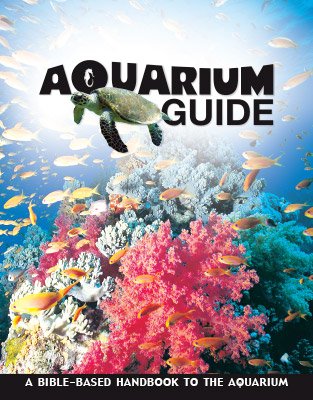Stingray
The eyes of the stingray are on the top of its body, while its mouth is on the underside of its body.
Design

The eyes of the stingray are on the top of its body, while its mouth is on the underside of its body. This makes it impossible for a stingray to see what it is eating. Therefore, the stingray relies on its keen sense of smell and the electroreceptors that help it identify its food.
Features
- The stingray is most recognized for its large, wing-like pectoral fins that make this creature look like it is flying through the water.
- A stingray’s coloring often reflects the shading of the seafloor. Some species are spotted or shaded.
- The stinger of the stingray is actually an extension of its spine. The entire spine is covered with a layer of skin where venom is concentrated.
- The stingray has a greatly depressed disc (roundish, flat body).
Fun Facts
- Ancient Greek dentists used the venom in the stingray’s spine as an anesthetic.
- If the stingray loses its stinger, it can grow another one in its place.
- This species lacks dorsal fins.
- The stingray respires (“breathes”) by drawing water through a small hole, or spiracle, behind each eye and expelling it through gill slits located under the disc.
CLASS: Chondrichthyes (cartilaginous fish—sharks, skates, and rays)
ORDER: Myliobatidiformes (rays)
FAMILY: Dasyatididae (stingrays and whiprays)
GENUS/SPECIES: 70 species in 6 genera
Size: Up to 6.5 ft (2 m), without the tail
Weight: Up to 790 lbs (350 kg)
Diet: Worms, carrion, squid, crustaceans
Habitat: Common in tropical coastal waters worldwide; freshwater species in Asia, Africa, and North America
Aquarium Guide
With fun facts about more than 100 animals, this long-awaited Aquarium Guide includes beautiful pictures and reveals the incredible facts and design features that point to our amazing Creator. This handy size guide is excellent for school field trips and family trips to your favorite aquarium!
Browse Kids Book- © 2024 Answers in Genesis
- Privacy Policy
- Contact
- About

